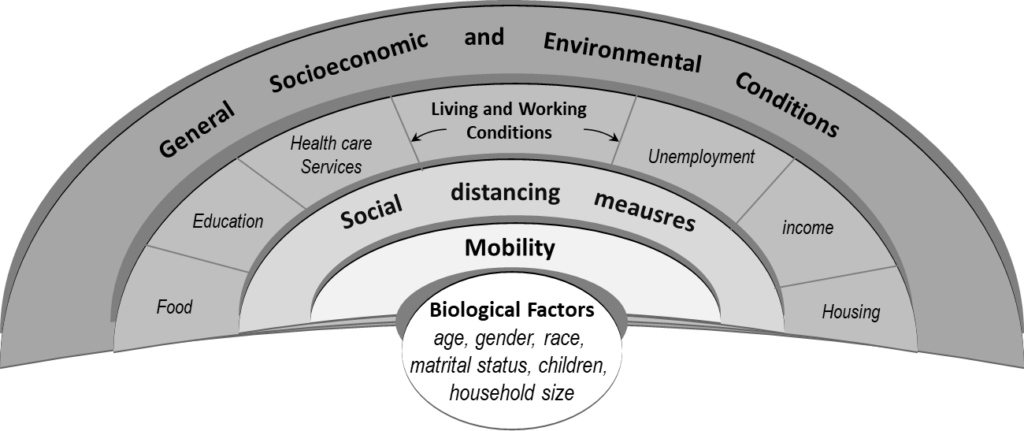City Know-hows

The expected rise of ‘working from home’ necessitates a deeper understanding of the cause and effect of home environment on physical, mental, and social health. By examining possible combination, we identified the pivotal role of improving architectural characteristics correlated with mental health, especially indoor environmental quality and socio-spatial features, prior to other indicators.
Share
Target audience
Architectural designers, policy makers, urban planners.
The problem
The expected rise of working from home after the COVID-19 pandemic necessitates a deeper understanding of the cause and effect of home environment on physical, mental, and social health. Existing research primarily focuses on physical and psychological health, with less attention given to social health. Incorporating social health is emphasized by various researchers during the pandemic. Moreover, the interconnected nature of health components suggests the possibility of mediation, requiring a model selection to represent the working from home situation.
What we did and why
We aimed to identify the working from home model and explore the direct and indirect effects of the built environment on health components. To accomplish this goal, we used three steps of analysis, including bivariate, multivariate, and PLS-SEM, to select the architectural characteristics specifically for the situation of working from home. Therefore, not only our results indicate the effect of the built environment on health, but also reveals the primacies in causation through exploring mediation models.
Our study’s contribution
We identified a combination that offers the most robust model for linking built environment features to health dimensions. Our findings showed the full mediation and sequential precedence of mental health prior to physical and social health in the working from home situation.
Impacts for city policy and practice
We have further elaborated the architectural design implications and the importance of creating health-supportive environments, primarily through improving indoor environmental quality and socio-spatial features. We also discussed how various features impact each health indicator.
Further information
Full research article:
Exploring a representative model for associations between health dimensions and home as an informal office by Behnam Asadieh and Paulina Maria Neisch
Related posts

The psychological impact of social distancing order during the COVID-19 pandemic can be determined by combining the effects of both individual and community capacities. This study supports the need to improve the physical environment to implement more sustainable health policies in different communities and cities across the world.

Ho Chi Minh City’s motorbike-dependent traffic, severe congestion from overloaded infrastructure, high accident rates among children and pedestrians, and a doubling of overweight and obesity rates among children over the past decade have driven a comprehensive study on children’s walkability. This study serves as a foundation to encourage more walking among children as an initial step toward addressing these critical issues.

The by-products of urbanisation, such as air pollution and neighbourhood disadvantage, are often overlooked when studying the impact of urban environments on depression. Understanding how these influence neighbourhood-depression relationships can help inform targeted public health interventions and reduce health disparities.